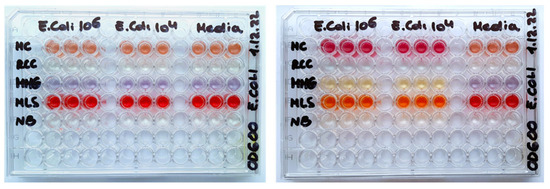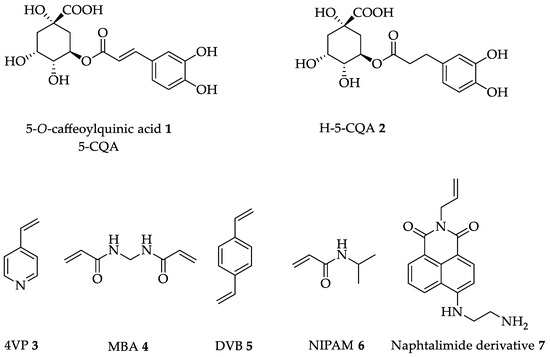Collection:Fluorescent Biosensors
A topical collection in Sensors (ISSN 1424-8220). This collection belongs to the section "Biosensors".
Viewed by 3510Editor
Interests: protein design; protein folding; folding pathways; bioinformatics; vaccine design
Special Issues, Collections and Topics in MDPI journals
Topical Collection Information
Dear Colleagues,
Biological macromolecules provide a ready toolkit for specific binding and easy manufacture. Proteins can fold to specific structures with unlimited diversity and even catalytic activity. DNA recognizes its complement at vanishingly small concentrations, and RNA can be engineered to switch states in the presence of an analyte compound or another macromolecule. Biomolecules may be genetically encoded, and expressed in living things. They may be screened from libraries or subjected to in vitro evolution. Fluorescence may be added to biomolecules chemically or generated autocatalytically using natural or engineered fluorescent proteins. Fluorescent biosensors are biological macromolecules that produce, modify or quench a fluorescent signal in response to the presence of a specific analyte.
The aim of this Topical Collection is to feature novel fluorescent biosensors, their design, their mechanism of action, their production, and their applications. We invite original contributions on topics related to fluorescent biosensor technology, methodology, and applications, including, but not limited to:
Förster resonance energy transfer (FRET)
Fluorescence activated cell sorting (FACS)
Fluorescent antibody applications
Designed/engineered fluorescent proteins
Bioluminescent sensors
Chemiluminescent bioconjugate sensors
Protein/nucleotide conjugates
Biosensor arrays
Biosensor fibers
Cell-based fluorescent biosensing
RNA-based fluorescent biosensing
DNA-based fluorescent biosensing
Protein-based fluorescent biosensing
Therapeutic/diagnostic biosensors
Quantum dot bioconjugates
Prof. Dr. Christopher Bystroff
Collection Editor
Manuscript Submission Information
Manuscripts should be submitted online at www.mdpi.com by registering and logging in to this website. Once you are registered, click here to go to the submission form. Manuscripts can be submitted until the deadline. All submissions that pass pre-check are peer-reviewed. Accepted papers will be published continuously in the journal (as soon as accepted) and will be listed together on the collection website. Research articles, review articles as well as short communications are invited. For planned papers, a title and short abstract (about 100 words) can be sent to the Editorial Office for announcement on this website.
Submitted manuscripts should not have been published previously, nor be under consideration for publication elsewhere (except conference proceedings papers). All manuscripts are thoroughly refereed through a single-blind peer-review process. A guide for authors and other relevant information for submission of manuscripts is available on the Instructions for Authors page. Sensors is an international peer-reviewed open access semimonthly journal published by MDPI.
Please visit the Instructions for Authors page before submitting a manuscript. The Article Processing Charge (APC) for publication in this open access journal is 2600 CHF (Swiss Francs). Submitted papers should be well formatted and use good English. Authors may use MDPI's English editing service prior to publication or during author revisions.








